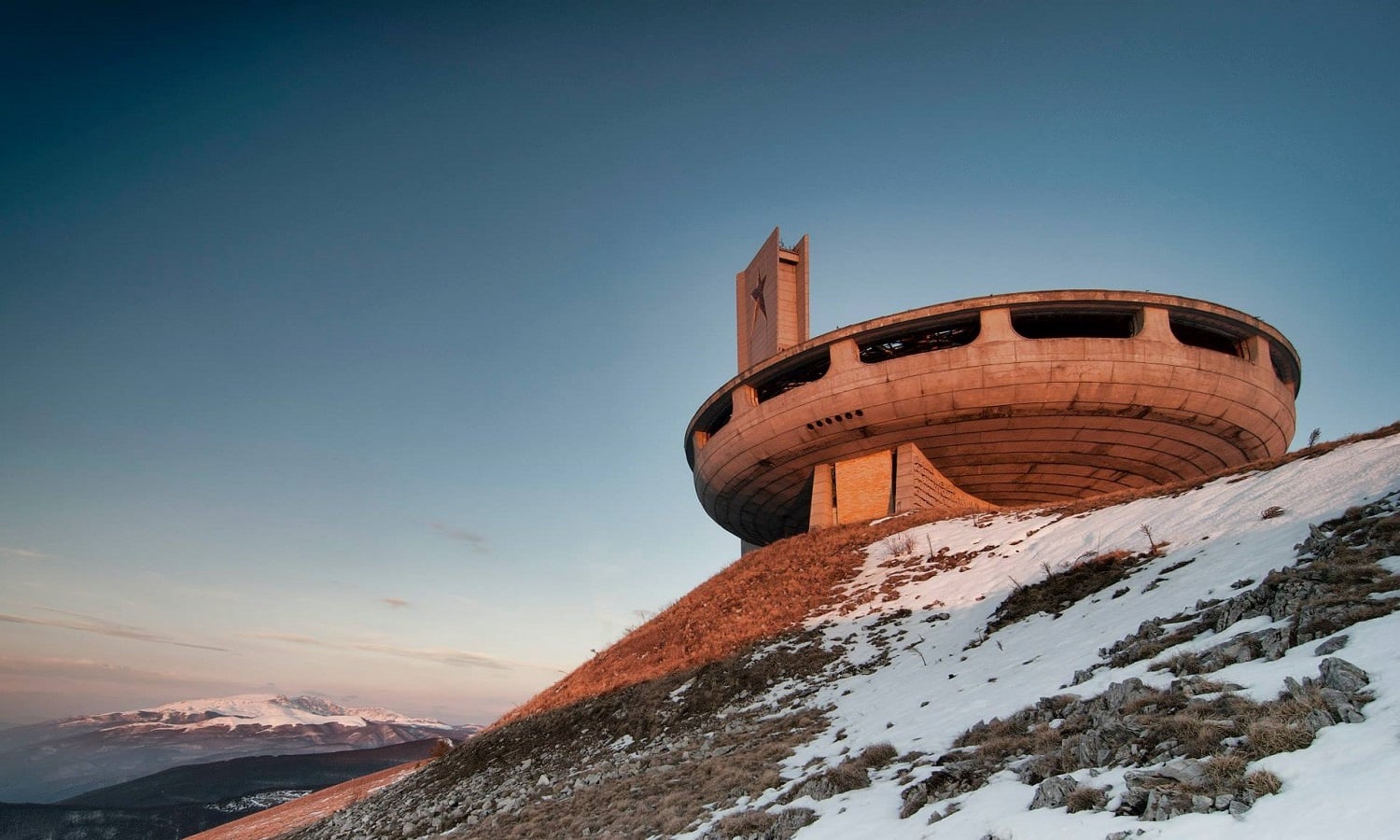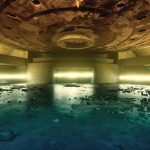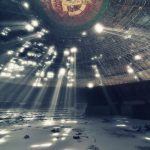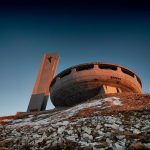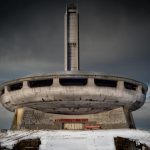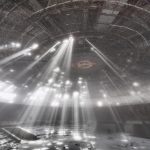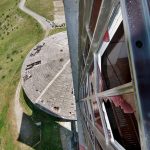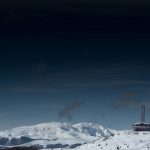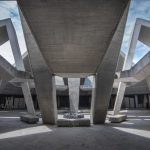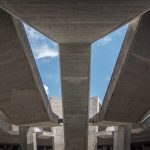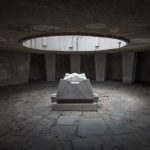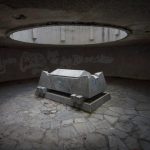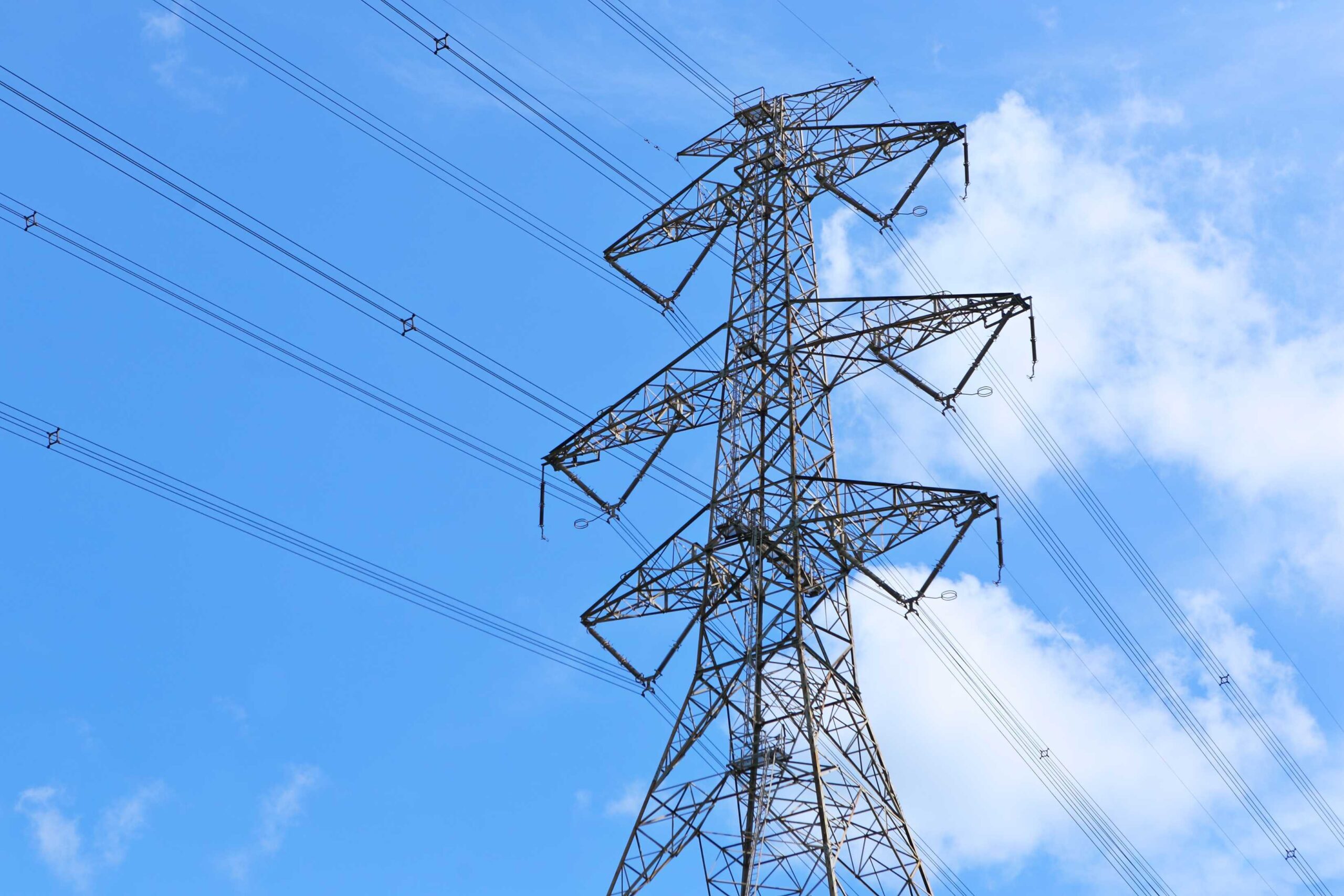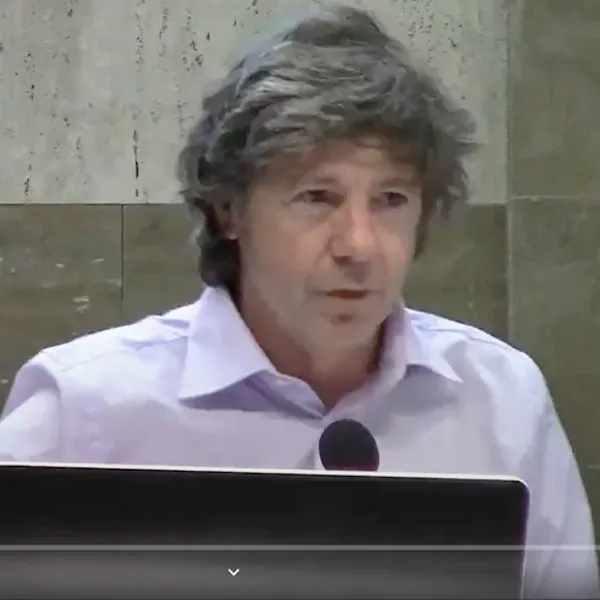Nikola Miller is one of the most talented and good photographers of abandoned buildings and ruinous monuments in Bulgaria. The fact that she is a foreigner gives her a different and much more unbiased perspective, both to the forgotten factories and monuments and to the situation in Bulgaria. This is her interview for Baricada:
You are one of the best urbex photographers in Bulgaria, when, how and why you develop such a passion for abandoned and forgotten buildings?
No, there are too many amazing photographers here to mention, but I guess I would say that I add a cultural diversity to my own work, from a foreigner’s perspective that isn’t going to view history through existing ethnocentric spectacles; but from a global perspective without political bias. I first came across the world of urban exploring about 8 years ago when a friend shared a picture of an abandoned woollen mill, I fell in love with the image and the way nature had reclaimed a lot of the building. For me urban exploring is about seeing and recording the decay of buildings, monuments and manmade structures through time. The fascination lies in trying to imagine and see what the structure was, it’s place within the world and to witness its downfall into neglect and to be a part of that final journey.
You are from the UK. How did you decide to leave and settle in Bulgaria?
In essence, it was economical and I was fed up living and working in Britain. Property prices were at an all-time high in the UK at the very same time Bulgaria joined the EU. By selling up and using the profit from a house sale it enabled us to buy a house without the need for a mortgage here. But my partner and I (he is a singer/songwriter/novelist) chose Krushevo in respect for the history of the house and village in its unified fight and involvement in the anti-fascist activity of WW2. I feel almost blessed to live in such a wonderful home – a home that hid and fed resistance fighters during one of mankind’s greatest struggles against evil.
As a person who has lived in both countries, would you say in one word what is the most important problem and the biggest advantage of both Britain and Bulgaria?
There are pros and cons for both. The UK is a multi-cultural society built out of its imperial legacy and commonwealth. But it is a relatively free society, tolerant and welcoming. The degree of nationalism and racism in Bulgaria saddens me greatly. However, Brexit now sees my homeland shift to the right of ideological belief, for me it is a huge error in political thinking. Bulgaria joining the EU is a wonderful positive step forward – but it is at the mercy of richer members who will seek to exploit it. Jobs have arrived but they are low paid – investment from Europe purely to take advantage of cheaper available labour. The UK offers many good jobs for a good salary – but you need it just to live. Bulgaria, low pay but low costs – it’s a fine balance. I feel that both countries have now adopted a US brutalist system where the rich will get richer and the poor, sadly much poorer. I would like to see Jeremy Corbyn become PM – but he too is pro-Brexit, I feel the battle for common sense and democracy as I would understand it is a concern in both countries.
Is Bulgaria a paradise for urbex lovers?
I’m not sure paradise is the correct word but it certainly offers up a great many abandoned buildings. The difficulties lie in knowing which ones are still ‘live businesses’ and which ones are truly abandoned! What I do love about it is that there are still lots of buildings to be discovered and photographed that have remained hidden or closed off for years. The excitement is walking into a building that looks like the previous occupants have just left and I can look at the objects they have left behind and wonder what their lives were like, their hopes and ambitions.
Do you have favorite places and buildings to shoot here? And is there a place you go not so much for the shooting, but for the feeling of it?
Yes there are several sites that I revisit because of the history and the feelings it evokes. I have had favourites but as time passes, due to neglect and vandalism, they change and my feelings change. I would have to say that generally speaking, my favourites are the new unconquered sites yet to be discovered. For example, I have recently visited The Hillock of Fraternity in Plovdiv before but only gained entry just this week and it was an honour and a privilege to be inside. Sombre, respectful and exciting all the same time. The site is secured and alarmed but sadly much vandalism has clearly already taken place. As many people know Buzludzha has long held a fascination for me, the beautiful location, the brutalist architecture and the amazing mosaics completely enthralled me when I first visited. However due to the amount of graffiti it has suffered in recent years I have stopped photographing the inside as I find it painful to watch its destruction. I feel that it is a tragedy to have allowed this icon of architecture to be abandoned in such a manner. If politicians really cared about jobs and investment for the people this building would have been saved years ago as a world class tourist attraction bringing much-needed finance to the local communities who would thrive from it. There are so many more such sites that are now lost because of petty political infighting and score-settling.
As a urbex fan, I want to ask you, which were the most forgotten and unknown places you were in here?
There is an abandoned factory in Veliko Turnovo, and in the former worker’s canteen – measuring about 20 meters in length is a full wall mural documenting the socialist struggle. It’s a beautiful piece of art – magnificent and impressive. Yet, it is now being demolished without any concern for its significance. It should have been incorporated into new architectural designs, but alas, nobody seems to care. It’s all about profit and denial. I also visited a school that was pretty intact, all of the children’s books and pictures were still there, the biology room was still full of specimens, the science room full of equipment and the library full of books. These are amongst my favourite places to photograph. I often spend hours in buildings like this just looking at what has been left behind. However, it also frustrates me when I see all of the items abandoned that could be put to use in other settings given the poverty of many organisations here.
Apart from Buzludzha you have visited many others forgotten monuments. Some of them are certainly in such a state that they will not last for longer, while others, even if they are more or less ok, are surrounded by weeds and graffiti. Would these monuments be in the same state if they were in the UK?
Buzludzha is perhaps the best example: if it were in the UK someone somewhere would be making a lot of money from it. It’s almost like people wanted capitalism here but don’t actually know what capitalism is. Capital is making money out of profit. Imagine what Buzludzha could be if someone had the sense to invest in it? Fully restored to its original condition it would be unique – and people will travel from all over the world to see, learn from and experience it. At the Tower of London, we saw the world’s first anti-Jewish Shoa – over 400 Jews hung from its walls. It was a place of brutality, torture and murder. Now it is the second highest tourist attraction second only to the London Eye. Do people here really believe that by destroying all vestiges of Socialist iconography that somehow history will change? History is history – you can’t hide it so embrace it and learn from it. This approach is no different than Nazi’s burning books in Munich during 1938.
And while many of these monuments crumble, others suggest that they should be destroyed. A famous brutalist monument near the National Palace of Culture in Sofia (1300 years Bulgaria – in front of NDK) has already fallen victim to such a proposal. Are you familiar with the case and what do you think of it?
Yes, I’m familiar with the structure and watched the debate rage in the media here. Okay: so a statue of Hitler in Berlin should be unquestionably removed. In the United States, we see a similar approach in the south to old statues of slave traders now being removed. We have reached a point in time where it isn’t really questionable to ask – should a Confederate flag be flown at all? I understand why Soviet era cults of personality present a problem. In some cases, removal is understood but destruction: no. This is YOUR history. Relocate as necessary after full public consultation to a more appropriate suitable location – museum statue parks for example. But: if we are talking about something that is anti-fascist or simply, Socialist era, then why? What purpose does it serve other than to say we don’t like anti-fascists… the message we send to the new generation should be one of experience and learning.
What is your opinion about socialist architecture?
I love it, it is expressive and one of my favourite kind of architecture, I also love gothic and renaissance structures too. Socialist structures say something – they have meaning and impact. What is art at all in any kind if it doesn’t have anything to say? They are expressions of need and handcraft. I love the quote by William Morris, the great designer, novelist and socialist activist: “the untouched surface of ancient architecture bears witness to the development of man’s ideas, to the continuity of history, and, so doing, affords never-ceasing instruction, nay education, to the passing generations, not only telling us what were the aspirations of men passed away, but also what we may hope for in the time to come.”
Is it possible for the situation to turn around and the weeds and graffiti to conquer corporate monuments and office mastodonts?
There are many modern buildings that have been abandoned in the UK, investors pull out, locations become unfashionable and companies go bust. They are subject to continued vandalism and will go the way of many other buildings when they get pulled down and replaced with something just as ugly and disposable.
The latest crisis has shown us that bank and glass skyscrapers will certainly not be abandoned or painted with graffiti – this fate is only possible for the houses of the normal people. Similar was the situation with Grenfell Tower – again everything was at the expense of the average people. Is there a chance to get out of this vicious circle, where the losers are the many and the winners are the few?
Grenfell Tower resulted in the highest death rate in a fire since the German Blitz of WW2. This was classism at its most profound. The needs of a few to make mass profit outweighed the lives of the many who burnt to death. And a year on we still do not know what the final death count is, other than ‘over 80’. The plan was to meet developers needs by making an ugly building look nice so that property in the area would increase in value. It was profit before people. It was corporate manslaughter. We do have a system where they will be accountable and judged though the system but it is clearly rigged. The poor cannot afford to defend themselves in a legal framework that favours the rich. I’m sure that Bulgarian’s are all too familiar with classism and corruption.
Look at some of the magic cadres of Nicola Miller from Bulgaria:








